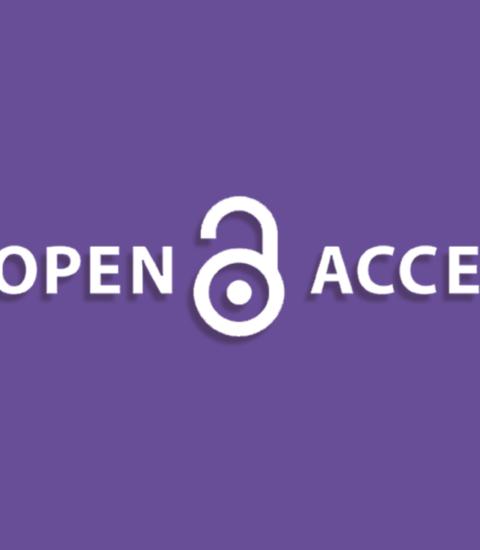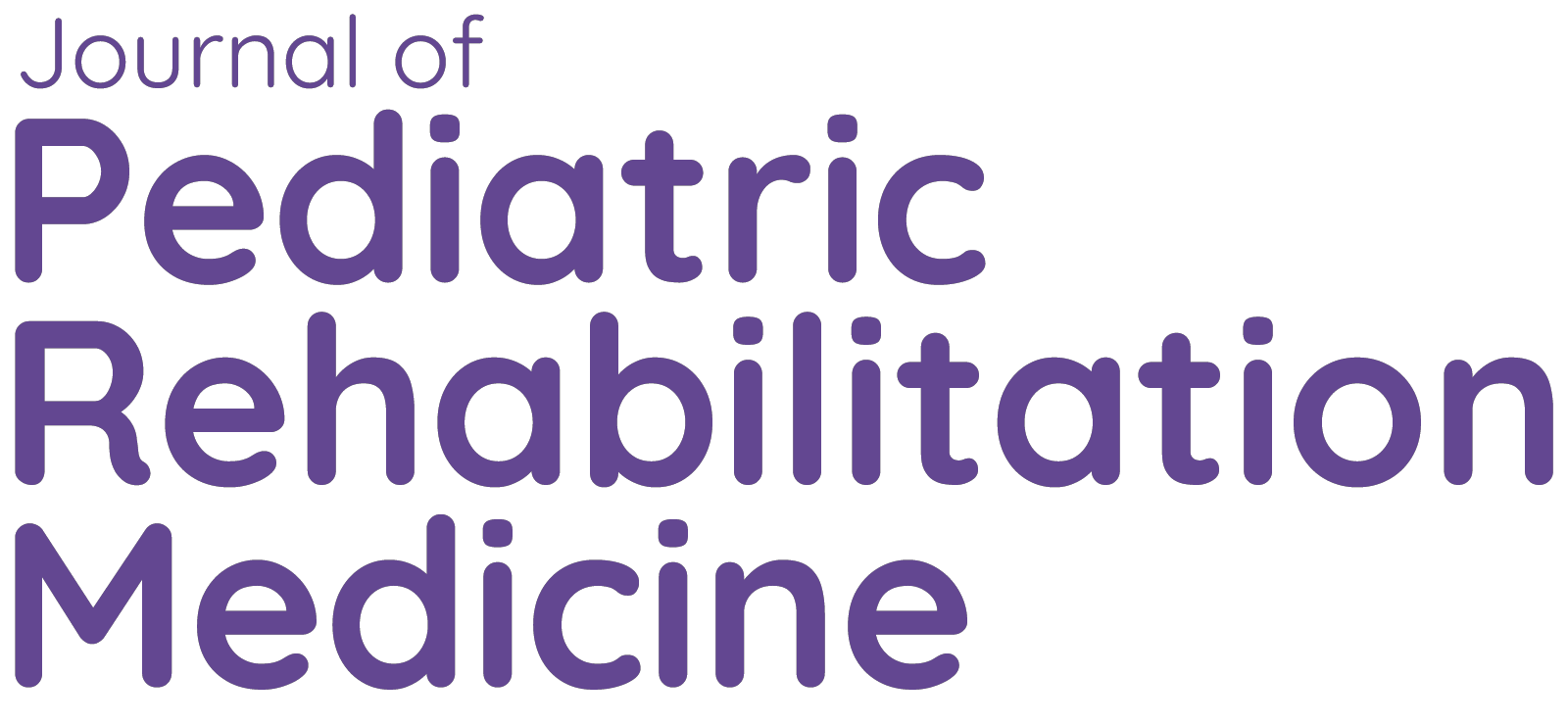
6 January 2023 -- Sara Tinsley and Elaine L. Pico, MD, FAAP, FAAPM & R
JPRM has been a hybrid journal, meaning open access is an option but not required. We have now embarked on publishing JPRM as a fully open access journal so that the entire world can see the research pertinent to the pediatric rehabilitation field.
Fifteen years ago, the Journal of Pediatric Rehabilitation Medicine: An Interdisciplinary Approach Throughout the Lifespan (JPRM) was founded by a legendary, bold, and insightful pediatric rehabilitation specialist, Dr. Jacob Alan Neufeld. Likened to Gabriella Molnar who started the Pediatric Rehabilitation textbook and is considered the grandmother of pediatric rehabilitation, Dr. J, as he was fondly known, started a journal that is now distributed worldwide and is considered “the” journal for our field of pediatric rehabilitation medicine.

Dr. J had planned to have as many special issues as possible and we continue his legacy today through our annual cerebral palsy special issue (now coinciding with Cerebral Palsy Month in March), a very robust COVID-19 special issue in 2020, and our annual spina bifida special issue. In 2020 we were pleased to publish twenty open access spina bifida guidelines.
In addition, we have increased the number of articles in each issue, added a resident and fellows’ program, and started a Global Health track. JPRM has been a hybrid journal, meaning open access is an option but not required. We have now embarked on publishing JPRM as a fully open access journal so that the entire world can see the research pertinent to the pediatric rehabilitation field.
With our move to open access, we maintain our stringent review process: every article continues to be blindly reviewed by at least two experts in the field and all statistics continues to be blindly reviewed by a qualified statistician. Articles are also scored on their relevance to the field. Reviews are scored and kept in our database. After manuscripts are accepted, they are meticulously copyedited for readability and published in one of 4 issues annually. Open access does not mean that there is any less scrutiny. All manuscripts must still be accepted through the same stringent and high-quality peer review.
All accepted manuscripts submitted after 2022 will be published open access. Open access fees will be processed only after a manuscript is accepted. Many institutions have mechanisms to cover open access fees, as do those with grant-funded research. In some circumstances, the open access fee can be waived, for example, if the author’s institution participates in a national open access agreement or meets the eligibility criteria of Research4Life. Please refer to the author guidelines for more detailed information.
Open access has historically not decreased submissions. In fact, many journals find that submissions increase as authors benefit from the increased exposure that open access provides [1]. More individuals are able to see their published work as many do not have access to specialized subscriptions. Additionally, full text indexing in PubMed Central will further improve JPRM’s accessibility and prominence.
Our journal is global, and we arrived at the decision to transition to full open access after taking in the landscape of the scholarly publishing world. Many European researchers will already be familiar with momentum shifts toward full open access mandates by institutions and funding bodies. Shortly after the open access agreement between our publisher IOS Press and JPRM was reached, the United States announced an initiative to improve access for federally funded research [2]. Research supported by the NIH and other governmental funders will need to be free to access immediately upon publication without any time period behind a paywall, which previously could be as long as a year. While this change will not affect all US researchers, its impact may be the first of many steps toward shifting US scholarly publishing closer to a fully open access future.
We at JPRM are excited to be joining these efforts. With open access, we can reach more researchers, more clinicians, and more families, and we can thus make a positive impact worldwide on the care of children with rehabilitation needs throughout their lifespans [3].
The editorial office and the editorial board at JPRM are looking forward to moving into the next chapter of our growth with you!
References
[1] Tennant JP, Waldner F , Jacques DC, Masuzzo P, Collister LB, Hartgerink CHJ. The academic, economic and societal impacts of Open Access: An evidence-based review [v. 3; under peer review]. F1000Research. 2016;5:632. Doi: 10.12688/f1000research.8460.3
[2] Nelson A. Ensuring Free, Immediate, and Equitable Access to Federally Funded Research. Memorandum for the Heads of Executive Departments and Agencies. Washington, D.C.: Executive Office of the President Office of Science and Technology Policy; 25 Aug 2022 [cited 12 Sep 2022]. Available from: https://www.whitehouse.gov/wp-content/uploads/2022/08/08-2022-OSTP-Public-Access-Memo.pdf
[3] Swenor B, Rizzo JR. Open access to research can close gaps for people with disabilities. STAT; 6 Sep 2022 [cited 12 Sep 2022]. Available from: https://www.statnews.com/2022/09/06/open-access-to-research-can-close-gaps-for-people-with-disabilities/

Elaine L. Pico, MD, FAAP, FAAPM & R
Editor-in-Chief, Journal of Pediatric Rehabilitation Medicine
UCSF Benioff Children's Hospital Oakland
More information about Dr. Pico

Sara Tinsley
Managing Editor, Journal of Pediatric Rehabilitation Medicine
